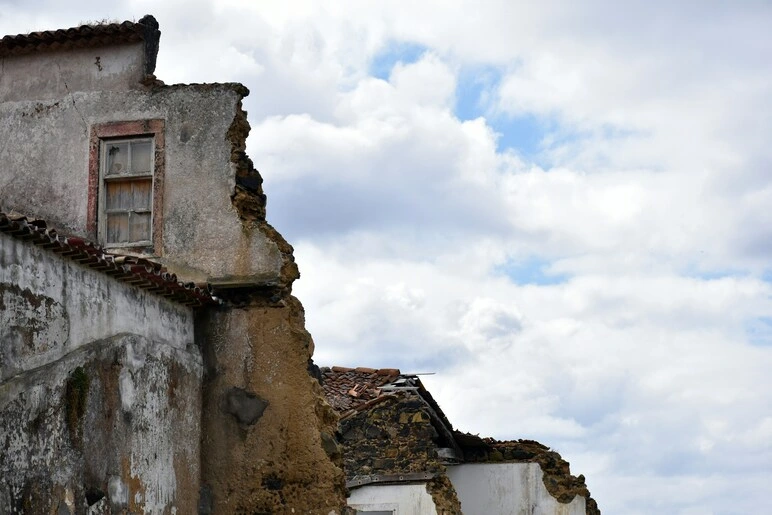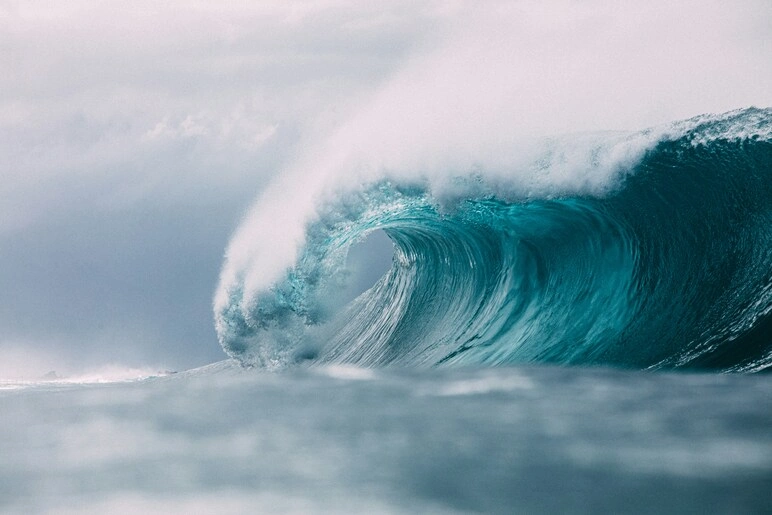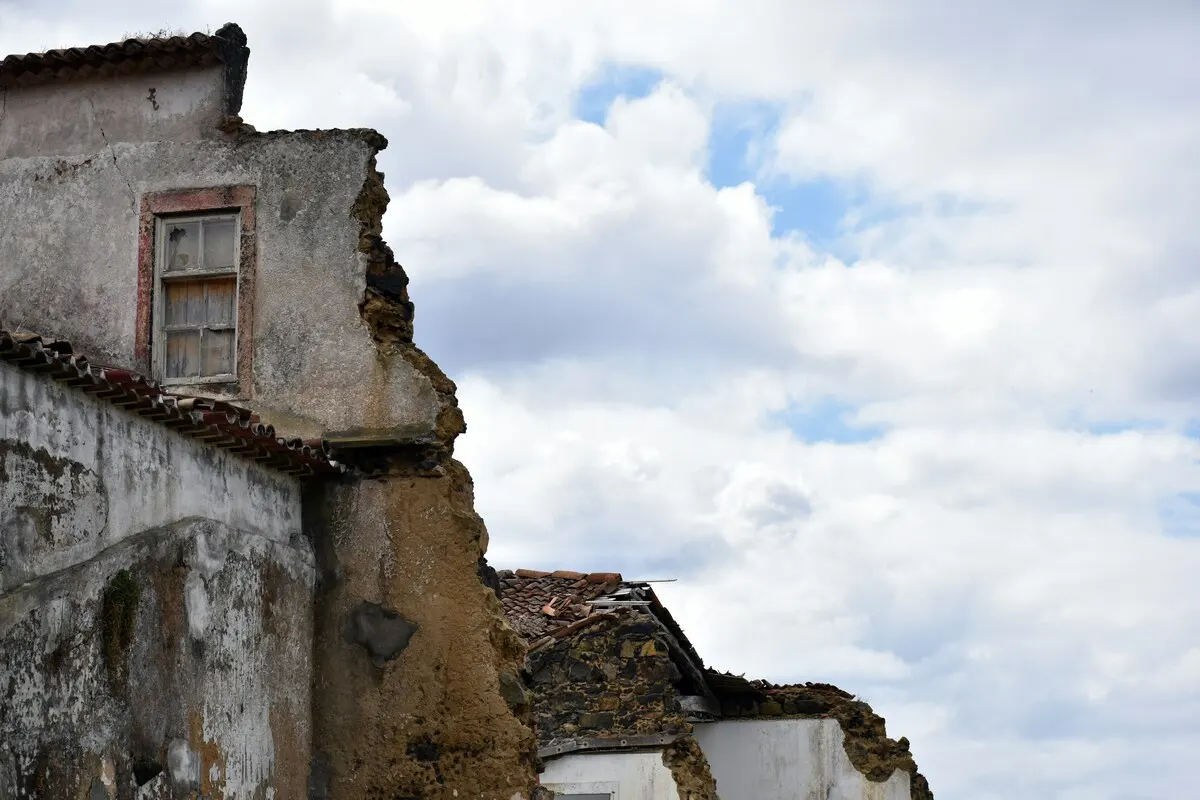
A powerful earthquake measuring 8.8 on the Richter scale struck Russia’s Kamchatka Peninsula, sending shockwaves across the Pacific and triggering tsunami warnings in nations as far-flung as Japan, the United States, and Indonesia.
According to AFP on Wednesday, 30th July, the quake originated at a depth of 19 kilometres near Petropavlovsk, Kamchatka. The force of the tremor generated a tsunami that rippled across multiple coastlines around the globe.
Citing Al-Jazeera, Russian officials reported tsunami waves as high as 4 metres struck the Kamchatka region in the early hours, shortly before the quake hit. Furthermore, the waves reached Severo-Kurilsk, a small town of about 2,000 residents, which suffered structural damage. Authorities confirmed that residents were swiftly evacuated, and the tsunami warning has since been lifted.
The devastation did not stop at seismic activity. The earthquake also triggered a volcanic eruption. Mount Klyuchevskaya Sopka, Eurasia’s tallest active volcano at 4,750 meters, erupted shortly after the quake. Known for its perilous conditions, this volcano previously claimed eight lives during a 2022 expedition.
Widespread international impact
Tsunami alerts were issued by numerous countries, including the United States, Hawaii, Guam, Japan, and Indonesia.
Japan responded immediately by issuing coastal evacuation orders. The Japan Meteorological Agency (JMA) reported a 1.3-metre wave hitting Iwate Prefecture's port area at 1:52 PM local time. Warnings remain in effect, with anticipated waves reaching up to 3 metres across Japan’s eastern and northern Pacific coasts.
Further impacts were noted across 16 additional coastal locations, including a 50 cm wave in Miyagi Prefecture and 30–40 cm waves from Hokkaido to areas northeast of Tokyo. Authorities continue to urge caution, warning of potentially larger waves yet to come.
In the wake of the tsunami, reports emerged of several giant whales stranded along the coast of Tateyama in Chiba Prefecture. Local broadcasts showed at least four massive whales beached hours after the seismic event.
Chile evacuates coastal prisons
In Chile, five coastal prisons were evacuated as a precaution. Interior Minister Álvaro Elizalde stated that the facilities were located in low-lying zones vulnerable to tsunami risk. Inmates were relocated to nearby facilities under strict security protocols.
Chile’s National Disaster Response Agency (SENAPRED) initiated broader evacuations along the coasts of seven northern regions, including Arica, Tarapacá, and Valparaíso. Sirens and emergency alerts echoed through port cities like Iquique.
French Polynesia braces for a tsunami
Tsunami waves also began to strike French Polynesia’s Marquesas Islands, located nearly 10,000 kilometres from the quake’s epicentre. Authorities forecast wave heights between 1.1 and 2.5 metres—lower than earlier estimates of up to 4 metres. Rising water levels were observed in Nuku Hiva, Hiva Oa, and Ua Huka islands, signalling the arrival of the tsunami.
Indonesia records minor tsunami activity
The National Meteorological Agency (BMKG) issued tsunami alerts in 10 provinces. Residents were advised to move inland. Minor waves were later recorded in 13 locations, with heights ranging from 0.06 to 0.5 metres. Areas affected included Jayapura, Halmahera, Sorong, and Manado. The warnings were lifted after tsunami readings began to subside.
Tsunami reaches U.S. coastlines
The United States also issued tsunami warnings following the quake. President Donald Trump urged the public to heed official instructions and remain vigilant. Evacuations were promptly executed, especially in Hawaii, where residents fled to higher ground, resulting in long lines of vehicles heading inland.
Waves measuring 1.5 metres struck Kahului, on Maui’s north-central coast, according to the National Oceanic and Atmospheric Administration (NOAA). Additional waves of 1.2 metres reached Haleiwa on Oahu's northern shoreline. Smaller waves were also recorded in Alaska, California, and Oregon, with heights ranging from 30 to 48 centimetres.
Though tsunami warnings were later lifted in some areas, advisories remain in place for Oregon, Washington, Alaska, and Hawaii due to the risk of smaller, subsequent waves.
Countries issuing tsunami alerts

Many countries issued tsunami warnings following the quake, with projected wave heights varying by region:
Waves over 3 metres:
- Ecuador
- Northwestern Hawaiian Islands
- Russia
Waves between 1 and 3 metres:
- Costa Rica
- Chile
- French Polynesia
- Guam
- Hawaii
- Japan
- Kiribati
- Palmyra Atoll
- Peru
- Samoa
- Solomon Islands
Waves between 0.3 and 1 metres:
- Australia
- Indonesia
- New Zealand
- Papua New Guinea
- Philippines
- Taiwan
- Vanuatu (and others)
Waves under 0.3 metres:
- Brunei
- China
- North Korea
- South Korea
- Vietnam
The international scope of this disaster underscores the profound and far-reaching effects of seismic activity in the Pacific Ring of Fire—a region where the Earth’s tectonic tensions are both unpredictable and unforgiving. As nations continue to monitor the aftershocks and sea levels, global preparedness and cooperation remain essential in mitigating the damage from nature’s most formidable forces.




 Mirella Pandjaitan
Mirella Pandjaitan
 Jul 31, 2025
Jul 31, 2025